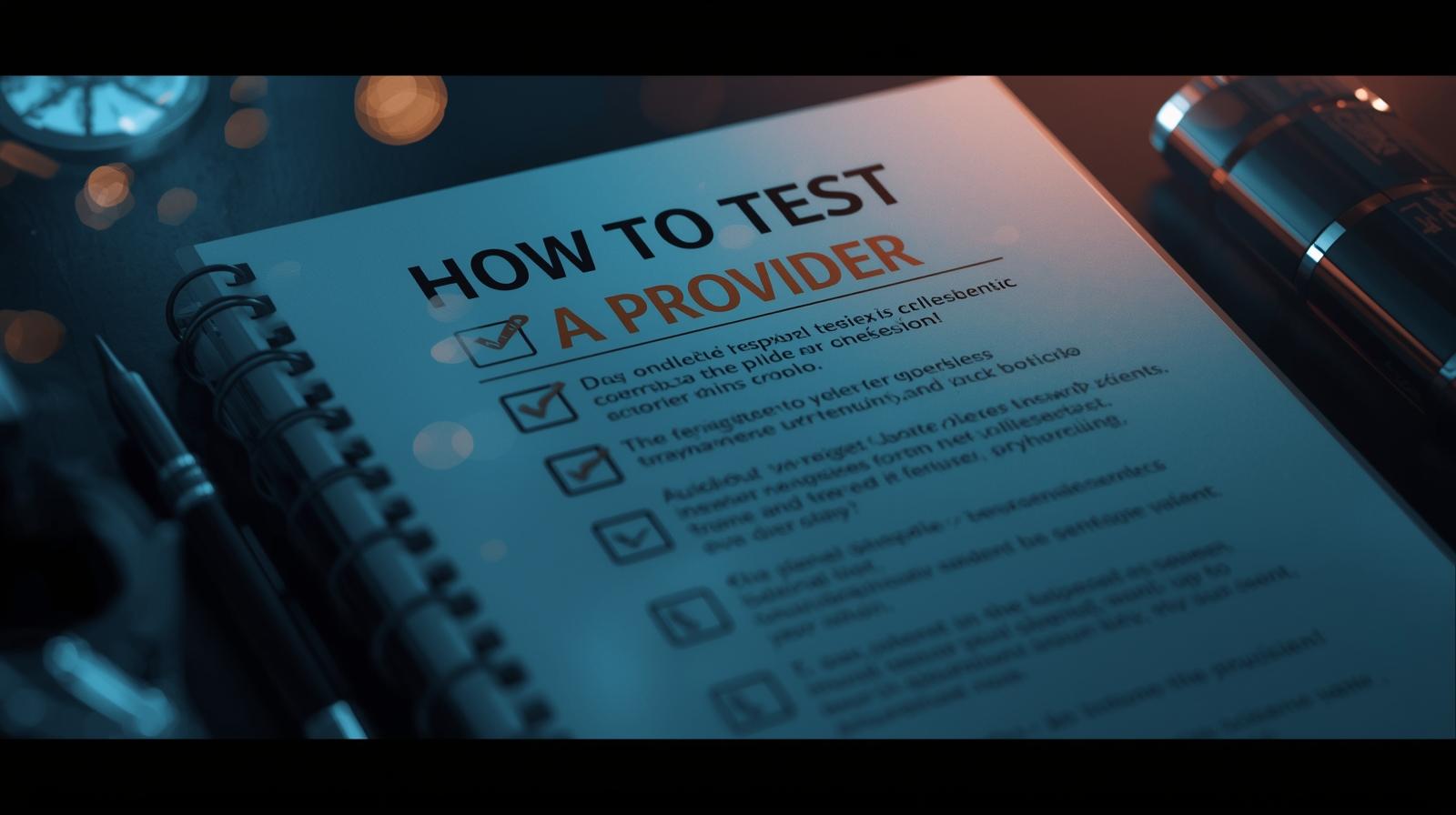1. What is IPTV

IPTV (Internet Protocol Television) delivers TV content over an internet connection instead of traditional satellite or cable. IPTV can be offered by legitimate, licensed streaming companies or by smaller services that repackage channels. Providers often differ hugely in channel line-ups, features (catch-up, cloud DVR), and the quality of delivery.
Key point: IPTV is a method of delivery — it does not automatically indicate whether the content is licensed or not. Verify licensing and legality before subscribing.
2. Legality & regulation in the UK — what you must know

Before anything else: understand the legal landscape. In the UK, broadcast and on-demand services are regulated by Ofcom. Not all internet-delivered channels are covered by the same rules as traditional broadcast, but copyright and piracy laws still apply. Using or reselling unlicensed streams can expose providers and users to legal action. Authorities and industry groups have actively targeted illegal services and equipment used for piracy.
Practical UK points:
-
Ofcom regulates broadcast standards for licensed channels and can extend some rules to online services in specific circumstances; however, many IPTV streams sit outside traditional broadcasting regulation.
-
Copyright laws in the UK are enforced; anti-piracy organisations and rights holders pursue illegal IPTV operators and sometimes users. High-profile takedowns and legal notices have been issued in recent years.
Action: Ask any prospective provider to confirm whether the channels and content they supply are licensed for UK viewers, and check reviews and red-flag reports before you buy.
3. Define your goals: what “best” means for you

“Best” is personal. Ask yourself:
-
Do I need live sports (e.g. Premier League, NFL)?
-
Is international or specific regional content essential (e.g. Arabic, South Asian channels)?
-
Do I want 4K/UHD?
-
Will I watch primarily on a Smart TV, FireStick, Apple TV, or mobile devices?
-
How important is customer support and refunds?
-
What’s my budget?
Write a short list of must-haves vs. nice-to-haves. This clarifies which provider features to prioritise.
4. Content selection: channels, VOD, sports, and region coverage

A provider’s channel list is the starting point. When assessing content:
-
Channel breadth vs. specificity: Some providers boast thousands of channels but many are low-quality or duplicative. A concise, reliable list with the channels you actually watch is often better than a huge, messy EPG.
-
Sports and premium channels: Live sports rights are usually tightly controlled. If you need premium sports, confirm the provider’s legal right to stream those matches in the UK. If in doubt, the provider should state licensing or partner agreements.
-
On-demand catalogue: Check what movies and box sets are offered, whether VOD titles are recent, and if catch-up functionality is included.
-
Regional packages: If you require international content (e.g. South Asian, Middle Eastern, African channels), verify the provider’s region-specific line-ups. Providers differ widely in regional strength.
-
Language & subtitling: For non-English content, check subtitle availability and audio options.
Tip: Ask for a current channel list (many providers publish this) and scan for the specific channels and language packages you care about.
5. Streaming quality: resolution, bitrate & bandwidth needs

High picture quality depends on both the provider and your home connection.
Important technical metrics:
-
Resolution (HD / Full HD / 4K) — 4K requires significantly more bandwidth and a provider with genuine 4K sources.
-
Bitrate — Even 1080p can look mushy at low bitrates. Providers that show bitrate targets (e.g. 6–12 Mbps for 1080p, 15–25 Mbps for 4K) are more transparent and trustworthy. Higher bitrates generally equal better quality.
-
Adaptive streaming & codecs — Providers using modern codecs (HEVC/H.265) can deliver 4K more efficiently, but device compatibility matters.
-
Latency & buffering behaviour — Stable streams with minimal buffering are expected; spikes indicate server or network problems.
Bandwidth planning (practical):
-
720p: ~3–5 Mbps
-
1080p: ~5–12 Mbps
-
4K: ~15–25+ Mbps (or more, depending on codec/bitrate)
Remember: multiple simultaneous streams multiply the required bandwidth.
6. Device compatibility and apps — where you’ll watch matters

Check the devices the provider supports. Common platforms:
-
Smart TVs (Samsung Tizen, LG webOS)
-
Android TV / Google TV
-
Apple TV (tvOS)
-
Amazon Fire TV Stick / FireCube
-
iOS & Android mobile apps
-
PC web portals and Kodi apps
-
MAG Boxes / Enigma2 (set-top)
-
IPTV apps (e.g. IPTV Smarters, TiviMate — third-party players requiring M3U/EPG)
What to test:
-
Does the provider offer a native app for your device (better UX) or only M3U login (less polished)?
-
Is 4K supported on your device? (Some devices cannot decode HEVC 10-bit 4K.)
-
Are apps updated frequently? Outdated apps may break or be insecure.
Practical advice: If you rely on a single device (e.g. FireStick), prioritise providers with a well-built app for that platform and read app store reviews.
7. Reliability, uptime and server infrastructure

Good providers run distributed, resilient server networks to avoid overload and channel drops.
Evaluation points:
-
Uptime guarantees: Any credible service will discuss reliability; some offer uptime SLAs for business customers.
-
Multi-region servers / CDN usage: Providers using a CDN or multiple server locations reduce buffering and latency for UK users.
-
Peak time performance: Ask about capacity during big events (e.g. football matches) — will streams remain stable?
Look for provider transparency: status pages, infrastructure descriptions and up-to-date user reports. Reviews from independent sites and communities can reveal real-world reliability.
8. User experience: EPG, catch-up, cloud DVR and features

A modern IPTV provider should offer more than live streams:
-
EPG (electronic programme guide): Easy navigation by time/channel is essential. Look for EPG accuracy for your region/time zone.
-
Catch-up & VOD: Built-in catch-up or recorded programmes increase value.
-
Cloud DVR: If available, this lets you record without using local storage. Confirm retention limits and simultaneous recordings.
-
Multi-screen & profiles: Ability to have multiple concurrent streams and different user profiles.
-
Parental controls: A must for family households.
UX test: Does the app let you find content quickly? Are menus responsive? A poor app can ruin an otherwise good service.
9. Customer support, refunds and trial periods

Support quality is a major differentiator.
What to look for:
-
Live chat / phone / ticket support availability and typical response times.
-
Clear refund policy — if service is unusable on your devices, can you get a refund?
-
Free trial or money-back window — essential. A short free trial (24–72 hours) or low-cost starter month lets you test streams on your gear.
Red flag: No contact details, only a form with slow replies, or zero refunds for technical incompatibility.
10. Pricing models, billing and contract terms

Pricing varies: monthly, quarterly, annual, and multi-device tiers.
Decide on:
-
Concurrent streams: How many simultaneous connections do you need?
-
Payment method: Credit card, PayPal, crypto — some providers prefer anonymous payments; that can be a warning sign.
-
Auto-renewal clarity: Is cancellation straightforward? Hidden auto-renewal clauses are irritating.
-
Promos vs. baseline price: Some offers sound cheap but have steep renewal rates.
Balance cost against channel quality, reliability and support. The cheapest option is not always the best value.
11. Privacy, security and VPN considerations

Protecting your data and privacy is vital.
Consider:
-
Provider data policies: What do they log? How long is billing and usage data stored?
-
Secure connections (HTTPS/RTMP over TLS): Streaming should use secure transport where practical.
-
VPN use: Many users pair IPTV with a VPN for privacy; however, VPNs can interact with network performance and with services that geoblock content. Also note that using a VPN doesn't legalise access to pirated content. Recent UK regulations and takedowns have pushed privacy conversations into the spotlight.
12. Red flags: how to spot risky or illegal providers

Some IPTV suppliers operate on shaky legal ground. Spot the red flags:
-
Unrealistic price + premium channels: If a provider offers every premium channel and sports package for a tiny monthly fee, question the legality.
-
Anonymous vendor, obscure contact: No UK address, no company details, only Telegram or email contact.
-
Payment by crypto only: While crypto can be legitimate, exclusive crypto payments can indicate evasiveness.
-
Bad reviews about takedowns or downtime: Frequent channel dropouts or sudden shutdowns reported by users.
-
No trial: Legitimate companies usually offer a trial period.
Why it matters: Illegal services can be shut down abruptly, and their users may lose money and face privacy risks. FACT and other bodies actively pursue piracy.
13. How to test a provider (checklist & step-by-step)

A hands-on trial is the only way to confirm compatibility and quality. Follow this test plan during a free trial or money-back window.
Pre-trial checklist (before subscribing)
-
List must-have channels and features (e.g. Sky Sports, BBC iPlayer access, 4K).
-
Check device compatibility: ensure your TV/box is supported.
-
Measure your home internet: run a speed test (wired vs Wi-Fi), note upload/download and latency.
Trial test steps (during the trial)
-
Install the app on each device you’ll use (Smart TV, FireStick, mobile).
-
Test live streams on multiple channels at different times (including peak time). Note buffering, start time and picture quality.
-
Test HD/4K streams where offered — confirm resolution and smooth playback.
-
Run parallel streams (if you need multiple concurrent viewers).
-
Use EPG and search: how accurate and fast is the guide?
-
Test catch-up & VOD: do titles play reliably?
-
Check recording (DVR) if provided — record a programme and test playback.
-
Contact support with a test query — evaluate responsiveness and helpfulness.
-
Check billing & cancellation: test how easy it is to cancel and whether any fees apply.
-
Check logs & privacy: request or read the provider’s privacy policy; note data retention and contact details.
Post-trial evaluation
Create a simple scorecard (0–5) across key areas: content, quality, device support, UX, support, price. If the provider scores well and meets your must-haves, consider signing up. If it fails on critical points (e.g. frequent buffering, no support), walk away.



You must be logged in to post a comment.